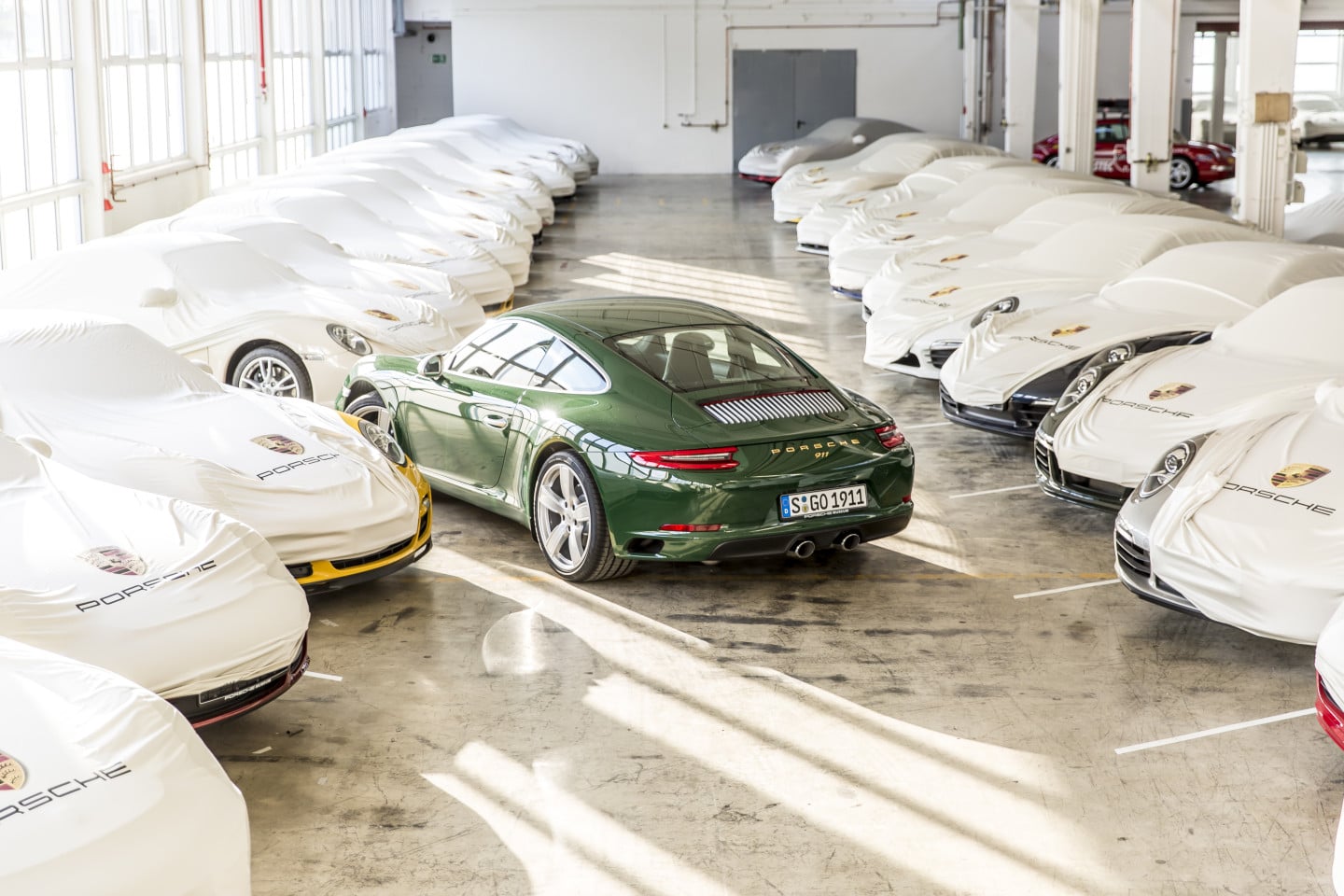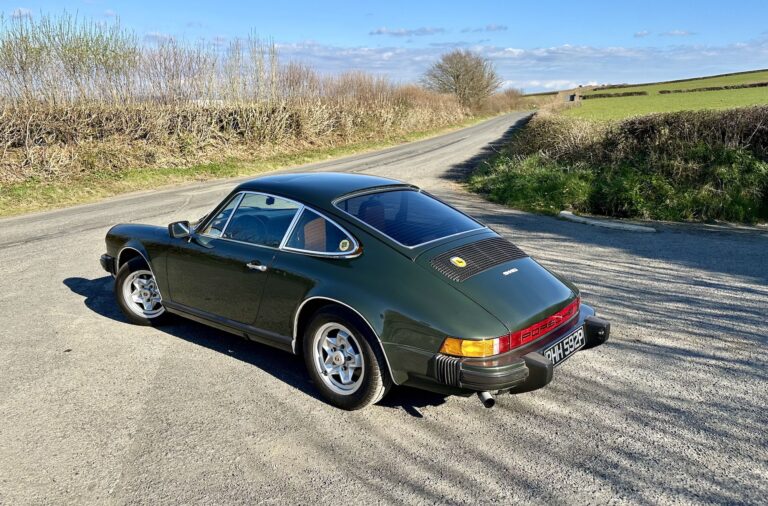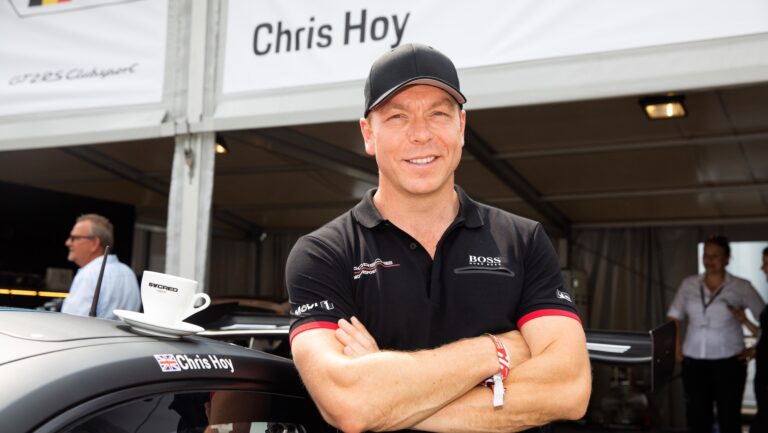 By Lee Sibley
4 years ago
By Lee Sibley
4 years ago
Ask the expert: Reviving a laid-up Porsche 911
Long term storage is common with 911s, but where do you start with a car that hasn't turned a wheel for a while? Wrightune's Chris Wright walks us through what to check, and how…
Though we believe all Porsches are built to be driven, there’s no getting away from the fact some are parked up and not driven for a period of time. Some cars may have only seen a few months of inactivity, but it is common for cars to surface that have had many years of being sat idle. Where do you start when you either haven’t driven your car for a period of time, or equally, buy a car that hasn’t been used? Wrightune’s Chris Wright has seen everything that goes wrong, so fills us in on the vitals to check.
There are principally two things that age: fluids and materials. “The first thing to check is fuel”, says Chris. Fuel begins to age after just six months. Over years it can separate, or even turn to a sticky gel, damaging pipes, pumps and the tank. Chris advises to drain the tank, inspecting steel tanks for corrosion, and plastic tanks for contamination. “If the steel tank is salvageable, we clean and reseal it using products from Frosts. If it’s plastic, we clean it – carefully – as many cleaning products can damage the plastic itself,” he says.
Older 911s may not have ethanol compatible fuel lines, meaning fuel left in the pipes could have made the rubber perish, “but equally the pipes could simply be aged” Chris points out. Disconnect the fuel line (front and rear) and blow it through, to remove any fluid or, even possibly, jelly. “K-jet cars left idle often find fuel has corroded tiny elements in the system, meaning the K-jet metering unit and warm up regulator need overhauling” he says. “Spark plugs are usually OK” says Chris, “though it is good practice to change them on carb or MFI cars”.
Anything rubber on the car could age, so inspect brake hoses, fuel lines, any coolant hoses and tyres for cracks. Tyres carry a date stamp, and the suggested age to replace them is around the seven year mark.
Categories
Engine oil becomes acidic with age, so best practice is to change it, along with replacing the filter and fuel filter. While we’re on fluids, test the brake fluid for water with a tester, and coolant for its level. Brake fluid is hydroscopic, so it needs a flush if aged. Coolant ages by losing corrosion protection but not frost protection, so just top it up for now.
Next, inspect the brakes themselves. “One thing we’ve seen after lockdown on 996-onwards, the brake discs will be bad with rust after even a few months,” Chris points out.
Once you’re happy fluids are okay, now is the time to refill the tank with fresh (E5) fuel, fit a battery and start the car. Listen for the idle when warm: a steady misfire may mean a clogged injector on later cars. That may clear after running some injector cleaner in the car, but equally may require removal for a full clean to restore the spray pattern.
Extra parts to check are the roof and bulkhead drains, particularly the left hand side of 996/997 (plus Boxsters and Caymans). “There are a couple of electrical components there, and the carpet is so thick, you won’t notice water damage until it’s too late,” says Chris. Look too for any signs of rodent damage, something later cars seem more susceptible to; usually the loom, insulation and pollen/air filters. Rat urine can accelerate magnesium corrosion, so be aware.
“Even though you have got this far, once back in use, expect problems to steadily appear one by one,” Chris says. Most common are broken barrel studs, mainly on the exhaust side, which are open to the elements. “Sudden expansion can break the most corroded stud, then the rest follow,” he says. You may notice that as a slight exhaust blow, but on closer inspection, the stud issues will be the cause.
The 911 is a resilient machine though, and takes storage well, on the whole. If you’re thinking of laying up a 911, Wrightune advises these precautionary measures:
1) Don’t put it away wet. Wash it, but take it for a short drive to dry the brakes and leave heat in the car, aiding drying.
2) Inflate the tyres to +10PSI. This helps reduce a potential flat spot. Even better is to roll the car half a metre or so every fortnight.
3) Use a maintenance charger on the battery. This is the one item all 911 owners should have.
4) Garage the car if possible, but alternatively consider a Carcoon, or a quality car cover to keep the elements out. Leave a rodent trap in the footwell.
5) Consider a fuel stabiliser, to help prevent fuel degradation issues.
Of course, the best thing to do is simply use your 911. But we all know that, don’t we?





















